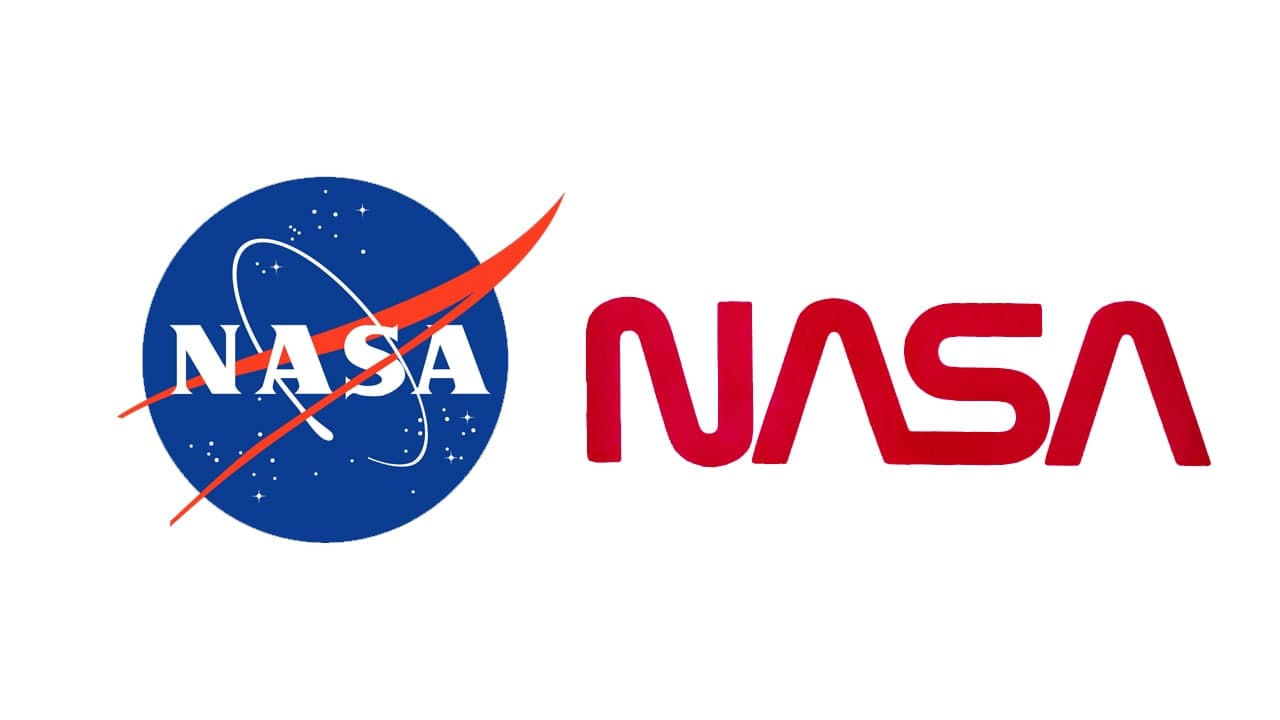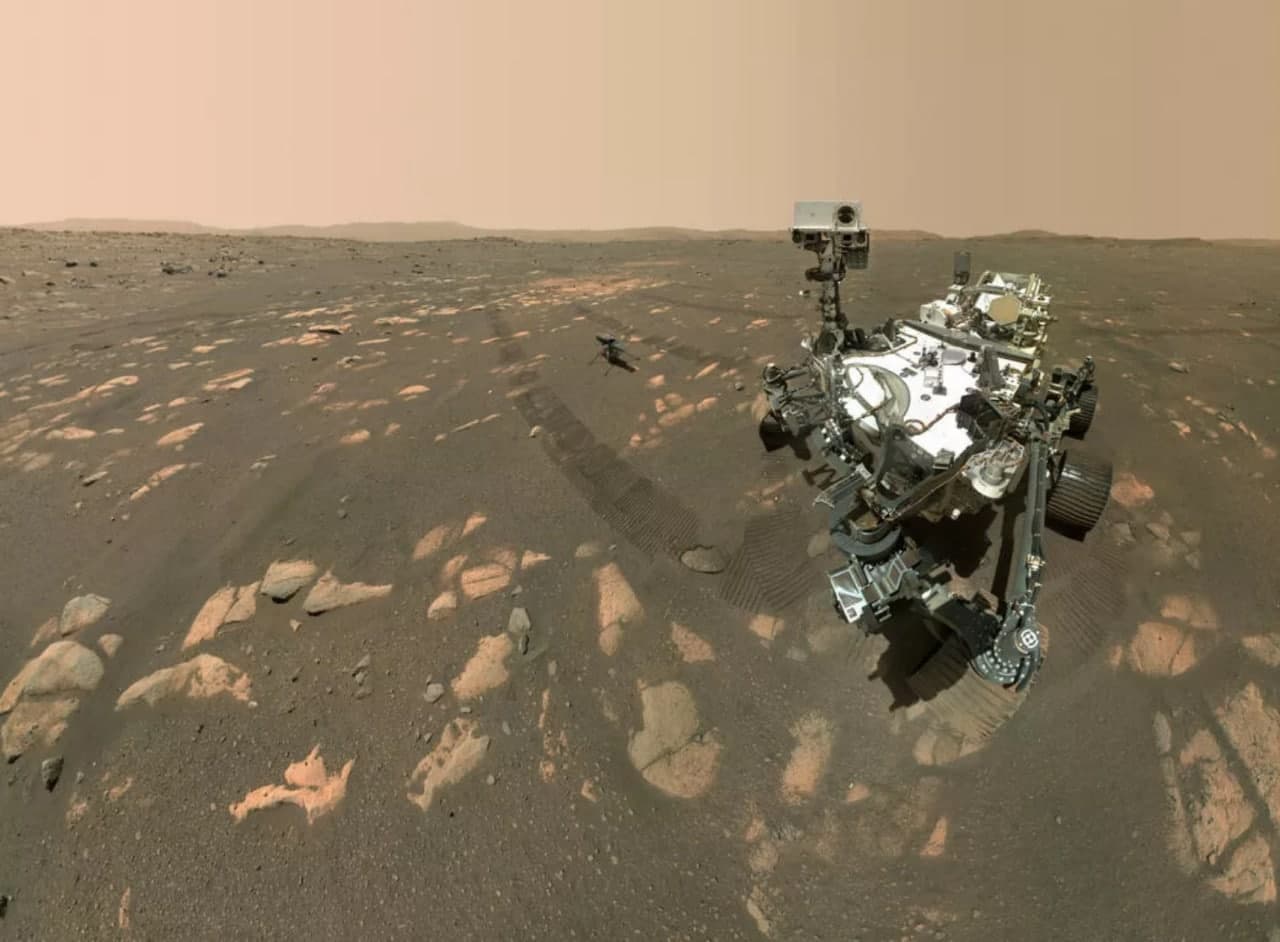NASA recently signed an agreement with space technology startup SpinLaunch to test the company’s centrifuge system to launch payloads later this year. The suborbital mass accelerator developed by SpinLaunch is essentially a giant centrifuge. Located in the desolate desert of New Mexico, USA, this odd-looking facility looks like a giant yo-yo with a small chimney.
Join tip3x on Telegram
Inside the facility is an electric-powered steel vacuum centrifuge that uses a carbon-fiber rotating arm to spin the payload up to 8,000 kilometers per hour. The rocket engine is then activated at a high altitude, and finally, the payload is launched into the intended orbit.
Moreover, humans have been using centrifugal force to throw objects for a long time, and the industry also has the idea of using giant centrifuges to throw payloads into the universe, greatly reducing the cost of space launches. But SpinLaunch is the first company to take the idea and build a prototype.
 SpinLaunch was founded in 2014 to develop an alternative to conventional rockets for delivering payloads beyond Earth’s atmosphere. The company completed the first public test of its suborbital mass accelerator in October last year, accelerating the roughly 3-meter-long vehicle to nearly 5,000 kilometers per hour.
SpinLaunch was founded in 2014 to develop an alternative to conventional rockets for delivering payloads beyond Earth’s atmosphere. The company completed the first public test of its suborbital mass accelerator in October last year, accelerating the roughly 3-meter-long vehicle to nearly 5,000 kilometers per hour.
Now NASA has signed a deal with SpinLaunch to trial the giant centrifuge later this year as part of testing how future satellites will launch. “What started as an innovative idea to make it easier to put payloads into space has turned into a mature, game-changing technology,” company founder and CEO Jonathan Yaney said in a statement. way of launching.”
This method uses less than 30 percent of the fuel and structural losses of conventional rocket launches, Yani said. To be clear, SpinLaunch’s equipment will never be used for a crewed space launch. The company targets smaller satellites that are cheaper and easier to launch.
The suborbital mass accelerator in New Mexico is just the beginning. SpinLaunch also plans to build an orbital launch facility off the coast. This “orbital mass accelerator” is three times the size of the New Mexico suborbital mass accelerator and has the same structure.
Once the payload reaches the upper atmosphere, it fires a small rocket motor to provide the extra thrust needed to reach orbit. SpinLaunch has raised $110 million, and the company hopes to conduct its first orbital flight test as early as 2025.











